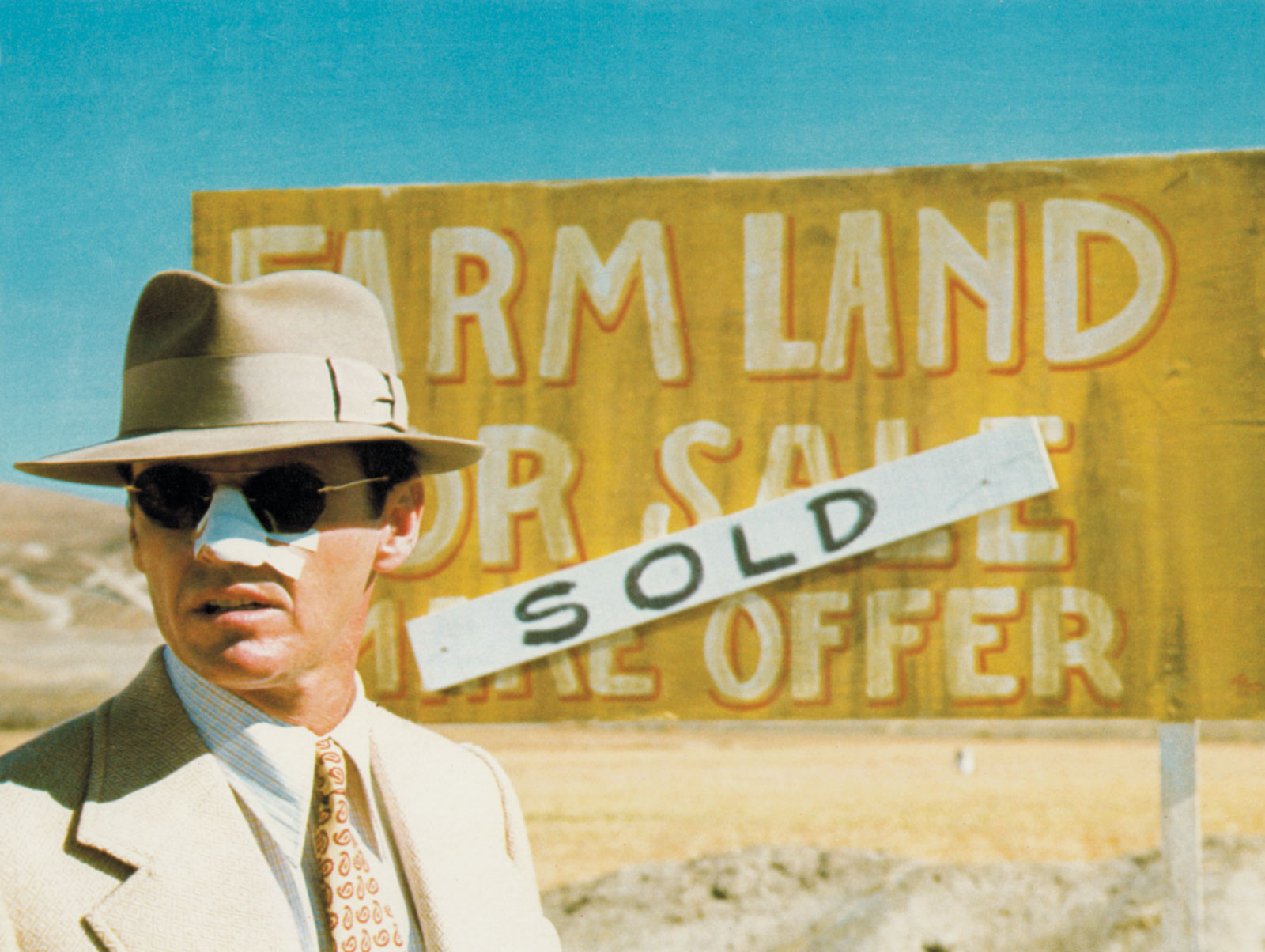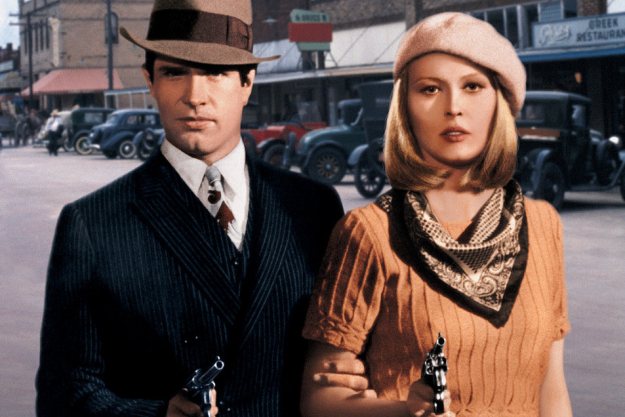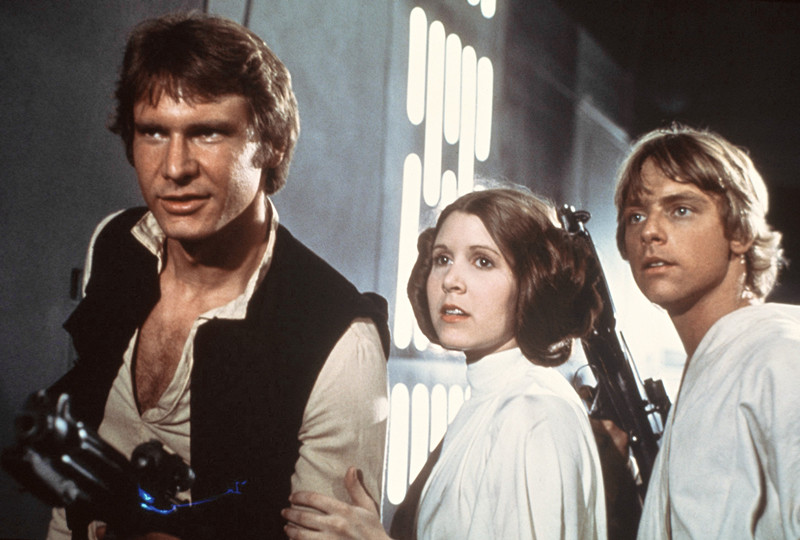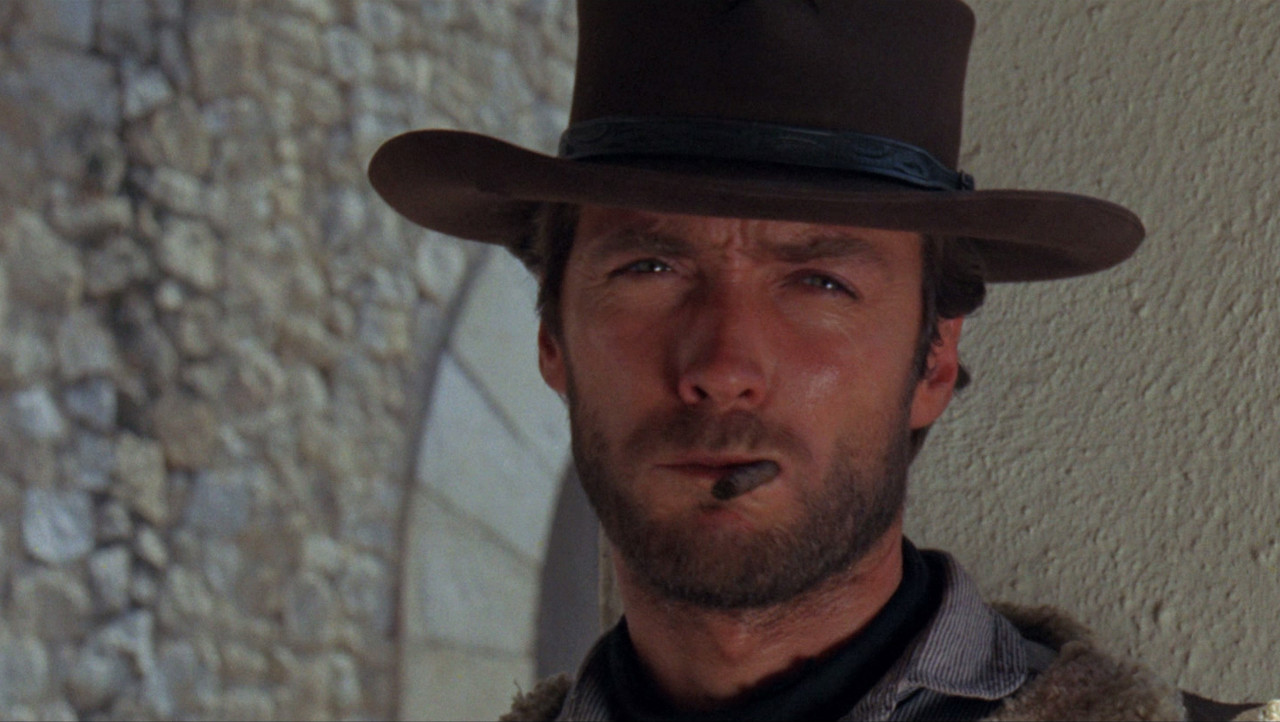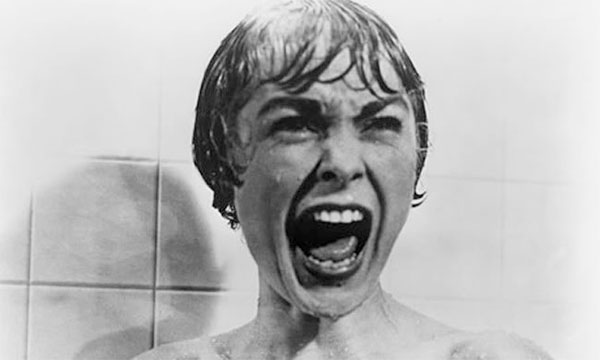Certain movies just change the shape of their landscape, their success and accomplishments live on to such an extent that every other name in the business tries to emulate or pay homage to what they achieved in one way or another.
When these films came along they reinvented their genre and forever altered the way we as an audience, movie scholars and aspiring filmmakers look at the style and category of it. For one reason or another they sought to reinvent the kind of movie that they were aspiring to be either through design, accident or unwavering artistic visualization.
Not only that, but many shepherded a new age for their respective fields by inspiring a new generation and in some cases, revitalizing interest in a style of filmmaking that was considered to be on its last legs.
To make the list, the movie has to completely up haul the style, tone or themes that were represented in the previous films of their genre, and specifically to their genre. Not to say that none of these films impacted far beyond their genre and on to movies as a whole, but some were omitted due to that very reason, they affected the medium of film as a whole rather than a single genre as well, so masterpieces like ‘Citizen Kane’ and ‘Taxi Driver’ will not be here.
Also the movie had to reinvent the genre, not create it. Therefore movies like ‘It Happened One Night’, ‘Snow White and the Seven Dwarfs’ or ‘The Cabinet of Dr Caligari’ will also be absent. Without further ado though, here are the ten movies that did make it.
1. Toy Story
When John Lasseter first pitched his idea of a movie made completely with CGI, many deemed it impossible. But today traditional animation is practically a thing of the past, as 3D animation dominates the genre. Regardless of your opinions about that, it can all be traced back to Toy Story.
Not only did it animate CGI characters onto a drawn background or vice versa, it did both, as well as every detail down to a reflection on Buzz Lightyear’s visor. The innovative technology on display here opened a world of possibilities for animation studios and as it progressed, it became more cost efficient and less of a restraint on time, the tidal shift was inevitable.
One could go on about the revolutionary effects and contemplate on how it is more remarkable such a revolution was for a children’s film rather than a big action display. But in many ways Toy Story’s strongest feature may be its writing, because though I call it children’s film it really doesn’t feel like it.
The intelligent writing allows its characters to match its animation and be three dimensional. They are genuine, sympathetic and endearing with distinct emotions and personalities. Such a script allows it to appeal to all ages, and that is yet another thing all animated films aspire to do now, though few have done it quite as well as Toy Story.
2. Bonnie and Clyde
Though you can point to The Godfather and Goodfellas as movies that define the crime drama, they didn’t reshape it in quite the way that Bonnie and Clyde did. It broke so many cinematic taboos that had it not existed, other crime classics would certainly not exist in the form that we know them.
Its rapid tonal and editing style was more reminiscent of the French New Wave and had not been seen in American movies before as it shifted disconcertingly between moments of romance and comedy to violence and ferocity, sometimes blending the two together. The debate of whether its violence stands as artistic merit or the start of an increased violence in cinema rages today.
The fact that Bonnie and Clyde is also ruthlessly harsh as well as being utterly compassionate also attributes to its revolutionary nature. In the past crime films were supposed to show their bad guys biting the dust at the end, and that definitely happens in Bonnie and Clyde as well, but there’s a profound sense of sadness when our titular characters go down.
Prior to this censors deemed that movies could not glamourize or sympathize with crime, but Bonnie and Clyde remains on both sides of that argument, sometimes condemning, sometimes condoling, never compromising.
3. Star Wars
George Lucas’ space opera redefined the science fiction genre in so many ways that some even question whether it even belongs to that genre anymore, choosing to place it in the realm of science fantasy instead.
It applied the classical themes of mythology, westerns, war epics and samurai movies to an outer space setting and rather than taking a more philosophical and clinical standpoint of the those themes as was common for many movies of the genre, Star Wars leapt out into a fast pace and used its action and visual effects to completely immerse its viewers in the experience. It had a distinctive ‘used universe’ feel that felt fleshed out, as if real people and lived within it and occupied it.
The sheer size and scope of Star Wars was also groundbreaking for a science fiction movie, incorporating dogfights, giant space battles, intricate swordplay and its fantastical setting. After Star Wars science fiction was a profitable business again, heralding its blockbuster potential. Then there is the timeless and ageless appeal of it, avoiding any sense of being dated, or too violent or too whimsical. It just fits together perfectly and as a result captivated the imagination of millions.
4. A Fistful of Dollars
Amid the more violent and morally ambiguous films of the 1960s, the traditional American Western was thought to be virtually dead. The traditional values seemed misplaced and out of date, especially when teamed with what were (with a few exceptions) all too simplistic and predictable characters, in Sergio Leone’s words, they were ‘violent and uncompromising men’.
The revitalization came in the form of a Japanese Samurai movie adapted by an Italian filmmaker. His first installment of the Dollars Trilogy lacked sentimentality and tradition, it was sadistic and brutal, with grand themes to accompany it.
The moral compass is also warped beyond belief as its characters remain mysterious and without labels. They were relatable and unpredictable, and therefore more captivating. Then there were smaller features like the fact that A Fistful of Dollars was laced with a dark sense of humor as well as its unique shooting techniques.
Leone used his cameras to capture wide angled shots and coped with the jarring effect that many put many directors off, as well as his use of silence and tension. It did not sit well with hard core fans of classic westerns, but for everyone else they are regarded as masterful.
5. Psycho
Before Alfred Hitchcock came along with this seminal horror film, cinema generated a terror in its audience mainly through highlighting how its subject was so different to what was considered normal. Physically abnormal monsters were the main subject of horror films, because they were dissimilar to us.
But Psycho draws so much of its fear from how disturbingly similar Norman Bates is to us. He appears to be such a normal (if not slightly awkward) young man, it provokes a deeper fear of whether or not that relatively normal looking person you are sat next to is about to kill you. Caught in what appears to be a situation of slow tension, the fear comes from a sudden and violent outburst that leaves you breathless.
The idea of an unstoppable killing machine chewing its way through victims has also inspired every horror film from the slasher genre, and then there is the fact that it takes time to examine the psychological reasoning behind the killings, the true motives of its killer and how they range beyond what a rational person can theorize within their own reasoning.
Then there is the brutality of it, with Hitchcock deliberately wanting it to look like a cheap exploitation film to heighten the implied violence and sexuality of what the viewers of Psycho were witnessing. What they were also witnessing was undoubtedly a masterpiece.
